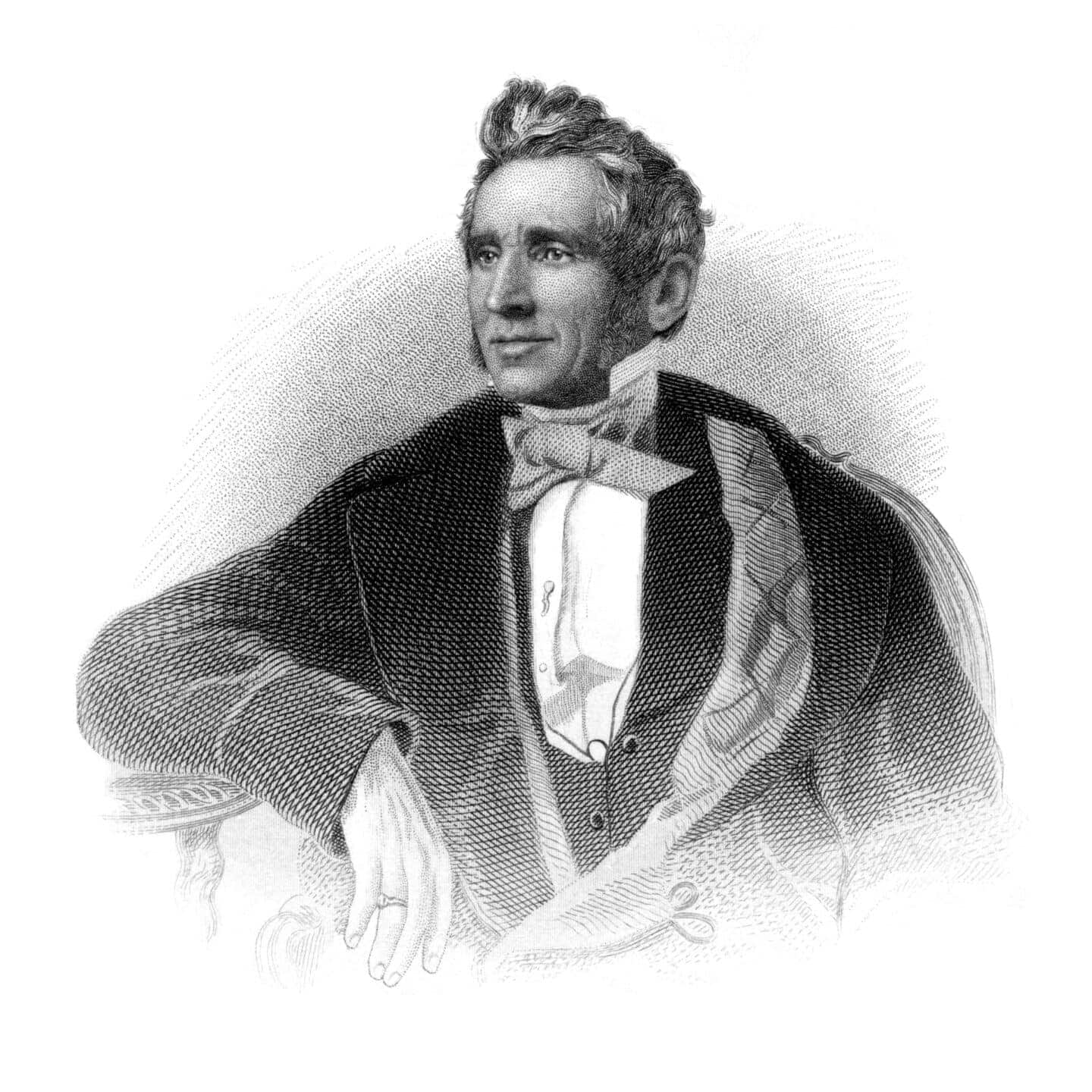
This February 11th, National Inventors’ Day, we’re celebrating the brilliant minds that revolutionized the automotive industry. Modern cars, with their sleek designs and advanced technology, are the result of decades of innovation. But how did we go from steam-powered carriages to self-driving cars? It all began with visionaries who thought outside the box.
Charles Goodyear – The Father of Vulcanized Rubber
It’s impossible to imagine modern cars without tires, and we owe those durable, reliable wheels to Charles Goodyear. Back in 1839, Goodyear discovered the process of vulcanization by accident after dropping a mix of rubber and sulfur onto a hot stove. Instead of melting, the rubber became firm and resistant to heat. This discovery revolutionized the use of rubber, turning it into a vital material for car tires, seals, and belts.
Goodyear’s persistence, despite financial troubles and numerous setbacks, is the reason today’s cars can hit the road safely and efficiently.
Edward De Smedt – Paving the Way for Asphalt Roads
Before smooth highways stretched across America, inventor Edward De Smedt envisioned a better way to pave roads. His 1870 invention of “sheet asphalt” made roads more durable and much smoother, helping cars run more efficiently. The first stretches of his asphalt roads laid in Newark, NJ, and Washington, D.C., quickly gained popularity—cyclists and drivers alike rejoiced at the innovation.
De Smedt’s material still forms the foundation of countless roads today, making him a true road trip hero.
Henry Ford and the Moving Assembly Line
While Ransom E. Olds first introduced assembly line production in 1901, Henry Ford took it to the next level in 1913 with the moving assembly line. His innovation allowed for quicker, more efficient car production than anyone had seen before. By automating the assembly process, Ford reduced the time it took to produce a car chassis from over 12 hours to just 93 minutes.
This technique turned the automobile into an affordable commodity and enabled the mass production of the iconic Model T, which forever changed transportation.
Mary Anderson – Inventor of the Windshield Wiper
Ever driven in the rain without working windshield wipers? It’s difficult to imagine, but before Mary Anderson, drivers had to stop periodically to wipe their windshields manually. During a snowy trip to New York in 1903, Anderson noticed streetcar operators struggling with visibility. Inspired to find a solution, she designed the first functional, hand-lever-operated windshield wiper.
Though Anderson faced skepticism at the time, her invention became standard by 1913. Today, her innovation continues to keep drivers safe during rain, snow, and ice.
Ohno Taiichi – The Mastermind of Just-In-Time Manufacturing
From Japan, Ohno Taiichi reshaped auto manufacturing with his pioneering “just-in-time” (JIT) production method. While working for Toyota around the mid-20th century, he introduced a process where parts were made and delivered just as they were needed on the production line. This reduced waste and increased efficiency, propelling Toyota to become a global powerhouse.
Ohno’s JIT system revolutionized the industry and became a model for manufacturers worldwide.
The Duryea Brothers – Launching the First American Automobile
Charles and Frank Duryea didn’t just build one car—they started an industry. Their 1895 Duryea Motor Wagon became the first gasoline-powered vehicle in the U.S. to win an auto race, proving its reliability. The publicity inspired others to pursue automotive creations, and by 1896, the Duryeas produced 13 identical cars—the first instance of mass manufacturing of automobiles in America.
Thanks to their innovation, the U.S. automotive industry flourished in the years to come.
Charles B. King – A Detroit Pioneer
While Henry Ford often takes the spotlight, Charles B. King played a monumental role in Detroit’s rise as the automotive capital. King was the first person to design, build, and drive a car on Detroit streets in 1896—years ahead of Ford’s Model T. Beyond his early achievement, King mentored automotive giants like Ford and Ransom Olds, contributing to countless developments that defined the industry.
His innovations, including the first successful V-8 engine, earned him more than 40 patents and a significant place in automotive history.
William Burton and Robert Humphreys – Innovators of Gasoline Production
Cars as we know them wouldn’t exist without gasoline. While early oil refineries produced gasoline as a byproduct of kerosene, the process was slow and inefficient until 1913 when Standard Oil’s William Burton and Robert Humphreys invented “thermal cracking.” This process doubled gasoline output from crude oil, ensuring it could meet the growing demand of the automotive age.
Their innovation fueled (quite literally) the expansion of cars and highways across the world.
Take Part of History With Volvo Cars of Macon
From tires to fuel production, these inventors shaped the evolution of the automobile and inspire innovation today. This National Inventors’ Day, remember the visionaries behind the simple ideas that changed how we move.
Passionate about cars or history? Share your favorite automotive innovations! At Volvo Cars of Macon, we celebrate the legacy of invention behind today’s exceptional Volvo vehicles. Explore our lineup and experience the craftsmanship and innovation shaped by generations of inventors.
From parts and service to great financing and unbeatable offers on new and pre-owned vehicles, Volvo Cars of Macon has you covered. We look forward to seeing you!